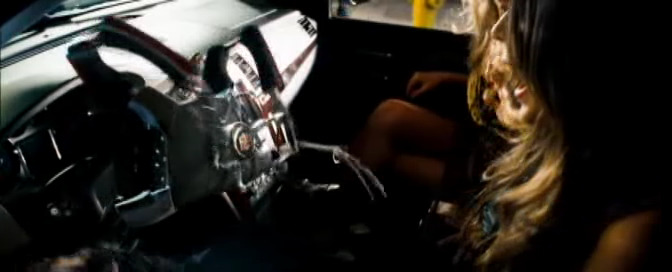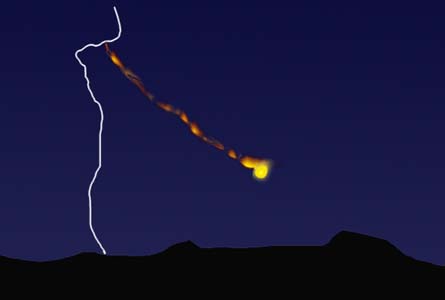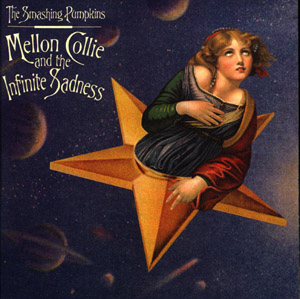I think Hell has not a clue as to the fury of a bunch of electrons suddenly unleashed. For the uninitiated to
get a feel for the calculations involved with the Coulomb force, see the following website:
http://hyperphysics.phy-astr.gsu.edu/hbase/electric/elefor.html
The website does calculations for you using whatever numbers you put in, but in the simple example given,
1 ampere of current is allowed to flow for 1 second in two 100 watt lighting circuits yielding 1 Coulomb of
like charge each separated by 1 meter of distance. The force calculated between these two charge sources is
1 million tons! The same force would be available using only 10 milliamperes of current flowing for 100
seconds. This could be done with a miniscule piece of apparatus operating out of a backpack, as the trap
and attendant circuits are very small. This quantity of charge in EVO format is likely less than 1 cubic
centimeter in dimension. Surely, there should be a Do not disturb sign on it.
The problem is compounded further by the simplicity of long-term storage of the charge in a simple
dielectric bottle of either plastic or glass, as EVOs have been found to be extremely stable when used in
conjunction with both of these. This is somewhat equivalent to the well-established practice of storing
positrons in a paraffin bottle. As unlikely as that sounds, it works.
The ugly problem introduced by this technology is the capability of first separating and then storing charge
in such a simple way. I have often heard energy buffs proclaim a need for the 'Radio Shack' method of
energy generation. Here it is, but I am not so sure we really want it. With such potentially vicious electrons
in storage, who needs atoms to do foul deeds? This is just another example of how much easier it is to
destroy than it is to build. In this case, the ugly doings of a mischief-maker can get by with a small fraction
of the work it takes to make a useful electrical power source.
To make the problem even uglier, the simplicity of the apparatus can be increased further to the point of a
spark discharge driving a resonant transmission line to provide a damped wave train for the attached trap.
Since scientific answers are not the aim of someone creating mischief, the process can be carried out at
atmospheric pressure. When one studies the problem of generation closely, all kinds of naturally occurring
structures can be seen to do the job with a reasonably high degree of charge separation and collection. Ball
lightning may well be an example of such an accidental occurrence. The missing ingredient up to now has
been the ability to hold the apparatus still long enough to collect the low-velocity, periodically ejected EVO
effluent from the trap.
The author can easily imagine a scenario where instructions are generated with enough clarity for about 1
person in 1,000 to perform the necessary operations to refine and store a gallon jug of electrons in the form
of EVOs. There is no doubt that this jug full would be light enough to carry and be highly sensitive to
destabilization of a catastrophic nature.
All of this ugly talk naturally turns to how to detect such a bottle of charge. There is no external field to be
found around the closed bottle and the positive charge refuse has long since dissipated from the brewing
site. At this point there is only conjecture as to what the substance looks like. Will it be metallic or
dielectric in nature? Is it reflective or transparent? One thing for sure, it is likely to be very lightweight.
Who knows, it might glow!
—Ken Shoulders,
The Good, the Bad, and the Ugly

















































































































































